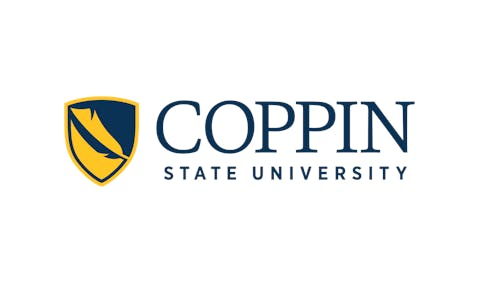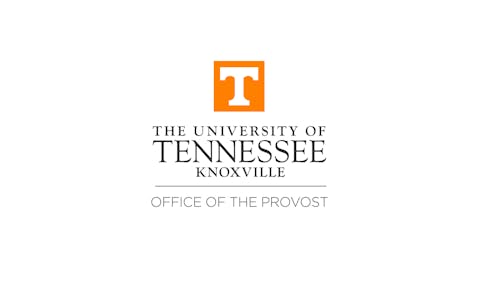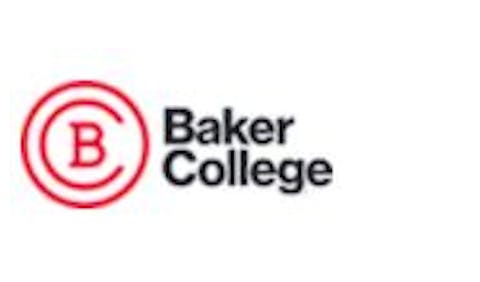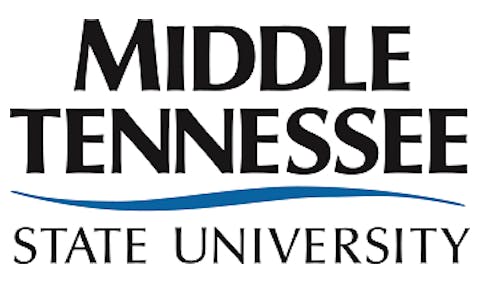For 41 years, Dr. Karen A. Stout, recipient of the 2025 Diverse Champions Award, has focused her career on helping community colleges achieve outstanding student success.
“Dr. Stout is a thought leader,” says Dr. Steady H. Moono, president of SUNY Schenectady County Community College. “In my decades of community college life, she is the most brilliant, the most visionary, the most forward-thinking person I’ve ever met.”

Since 2015, Stout has served as president and CEO of Achieving the Dream (ATD), a network of over 300 community colleges, with the goal of being accessible hubs of learning, credentialing and economic mobility that eliminate inequities in educational and workforce outcomes. Utilizing a data-driven approach, ATD provides coaching that facilitates institutional transformation so that these colleges can have maximum impact on the lives of their students and on the communities within which they are located.
“She’s known for her transformational work in higher education,” says Dr. Theresa B. Felder, president of Harford Community College in Maryland, where Stout began her community college career in 1984. “She’s helping colleges implement evidence-based reforms.”
Early inspiration
In her first community college position, much of Stout’s work focused on access and reaching as many stakeholders as possible. Part of her job at Harford involved conducting presentations at local high schools. The questions the students asked, she says, helped her to understand the power of community colleges. She began to study community colleges and understand that they’re different depending on local context, state system and other factors.
As her work progressed, Stout recognized the potential these colleges had in their surrounding communities. She saw that certain processes and procedures, such as schedules and transcript evaluations, could be unique and not simply replications from four-year institutions. As technology developed, she embraced it.
“My data mindset was shaped very early in my leadership career,” Stout says in an interview with Diverse.
By the time the mid-1980s rolled around, Stout was tasked with developing a strategic enrollment management plan for Harford. She remembers spending time with the data that the college was collecting and trying to understand the student population that the institution served. Where were the students coming from? What high schools, what zip codes and what ages? At a board meeting, she used a drawing of the county by zip code and showed with an overlay of transparencies where the density was in each zip code, where the college was attracting students and where there were gaps.
“That was kind of ground-breaking back then,” she says. “I also started a program at Harford where we did qualitative research around focus groups, interviewing families and students who were not choosing Harford to understand why they were not choosing Harford”.
That groundbreaking work gave college leaders a clear understanding of how the community saw the institution.
A transformative college president
Prior to becoming the leader of ATD, Stout spent 14 years as the president of Montgomery County Community College in Pennsylvania, beginning in 2001. She describes her actions as intentional in building a pathway to the community college presidency, making sure she had the right experience at different types of community colleges, some more transfer-oriented and others focused on workforce development.  Members of Achieving the Dream’s board of directors, Larry Kubal, treasurer (left), and Dr. Gregory D. Williams, chair, with ATD President and CEO Dr. Karen A. Stout
Members of Achieving the Dream’s board of directors, Larry Kubal, treasurer (left), and Dr. Gregory D. Williams, chair, with ATD President and CEO Dr. Karen A. Stout
Under Stout’s presidency, new programs were adopted, new supports for students introduced and, at her direction, Montgomery became data-oriented. The college joined the National Community College Benchmarking Group. Then longitudinal data was benchmarked against the college’s own performance year-over-year.
“I could build some insight from my understanding of the data sets that were different than insights other leaders were able to build,” she notes. “We picked colleges we aspired to be like, looked at their data, and then we had a habit with the leadership team to look at the data on a regular basis, quarterly at least, and assess goals based on the data. … We based our strategy on the data.”
The data usage garnered national attention and ultimately led to her joining ATD in 2015.
Activation
“She was the right person at the right time to understand how looking at data and being data-driven was key,” says Dr. Pam Eddinger, president of Bunker Hill Community College, the largest community college in Massachusetts. Eddinger joined ATD’s board on Stout’s request. “To have an institutional-wide approach to student success. It’s not just the classroom; you need to have the support services,” she says.
Upon joining ATD, Stout was tasked with finding a strategic direction forward for the organization. The strategic plan became a focus on coaching, teaching and learning, and data.
Today, the president of each ATD college has access to a leadership coach and a data coach as well as access to Stout, who personally coaches three colleges, including her former employer, Harford Community College. Since 2018, she has been coaching Harford toward improving success measures. She visits the campus twice a year—once in the fall and once in the spring—and holds coaching calls in between visits. During the campus visits, she brings a data coach to work with the college on data collection and effective analysis that can lead to evidence-based reforms that improve outcomes. These reforms can be broad-based.
“Her focus is student success initiatives, which include a lot of different focus areas, including guided pathways and holistic advising, developmental education reform, and a number of things that lead to increased student success, particularly with underserved populations,” says Felder.
Stout appreciates her time coaching because it enables her to see the work on the ground in action. When helping colleges with their data infrastructure, there is a template that ATD provides that colleges build systems around. The metrics include course completion, retention, program completion and program completion with wage gains.
“We help the colleges set up and organize their data so they can pull it out of different data systems and then they can create data visualizations that show from year to year what’s happened with course completion rates, as an example,” Stout says. “In aggregate, year to year, but also most importantly disaggregated by key student subpopulations, so that you get a sense of which students are benefiting from the experience, and which seem to be left behind or not even being able to enter the experience.”
In addition to quantitative data, Stout says the secret sauce are the questions underneath the data. ATD helps colleges understand the insights from the data and create safe spaces for meaningful conversations.
“The important thing for Achieving the Dream is that conversation happens at multiple levels,” she says. “You may be having a conversation on data with a group of senior leaders. At the same time, the deans are talking to their faculty about the data in the classroom that faculty are using. The faculty get this sense of curiosity and personal reflection that helps them to improve course design that then improves outcomes for more students.”
Stout cites the example of a community college in Washington state where faculty regularly look at their specific course data. One faculty member teaching a math course saw that a group of students dropped the course at the same time every semester. The faculty member discovered the students who were dropping the course were parents, who got about halfway through and when facing an assessment, were afraid they were not going to pass. They were also backed up on their homework assignments.
The faculty member changed the course design the next semester, timing the assessments and when homework was due. This made a huge difference for parenting students.
“We hope that looking at the data can help people to understand the student experience a little bit more deeply,” says Stout. “These tweaks can help specific subgroups of students, but they also help all students.”
In addition to coaching, she’s making connections among the presidents and forging collaboration within the expanding network. This is especially evident at the DREAM conferences, which bring together college presidents and chancellors to tackle pressing issues.
ATD spends a good deal of time on peer and cohort learning. There is currently a cohort with tribal colleges and universities and a cohort of colleges leaning into improvement for student parents. Stout says leaders who want to prioritize various kinds of change can find a community of practice within ATD to test the work and experiment.
“She is able to bring people together and have them solve a key problem together,” says Eddinger. “Whether it’s at DREAM or informally at any one of the association meetings, she has become the connector. She’s not just someone standing on a stage giving you her thoughts and ideas of leadership.”
Felder notes that at each DREAM conference, people share best practices. Additionally, there are webinars throughout the year that focus on different initiatives.
“In this day, it’s even more critical,” Felder says. “As DEI is being targeted and misunderstood, it’s really important that we continue the work that we’re doing.”
Forward focus
ATD initiatives over the past decade have involved building capacity to support success for students of color and low-income students. Stout has created a new model around scaling advising redesign and has developed a “zero textbook” degree initiative using open education resources and holistic student support systems.
In 2017, Stout was named the American Association for Women in Community College’s Woman of the Year. In 2022, she was awarded the American Association of Community Colleges Leadership Award and entered the organization’s Hall of Fame. She remains focused on developing strategies for enhancing student success and completion, accelerating and scaling innovation, and strategic planning.
A recent ATD innovation is the Community Vibrancy Framework, currently being tested at 15 community colleges around the U.S. It is a model that emphasizes economic mobility, community impact and long-term societal gains.
“It challenges colleges to better understand their communities,” Stout says. “It makes it imperative to do stronger case-making around a bold new access agenda. On the other end, sector completion help has now moved to post-completion. The next part of the student success movement is to figure out how does the community prosper because the community college is connecting students to living wages. What happens to those key community vibrancy indicators.” Stout with 2024 Diverse Champions winner, Dr. Keith Curry, president of Compton College.
Stout with 2024 Diverse Champions winner, Dr. Keith Curry, president of Compton College.
Dr. Keith Curry, president of Compton College and CEO of the Compton Community College District in California and the 2024 Diverse Champions recipient, says that Stout is open to new ideas and is constantly evolving as a leader, noting that she understands the important work done at community colleges must continue and to do so leaders must be strategic.
The connections, input and collaboration with community college presidents and administrators around the country have helped advance student success at Compton College and in the Compton Community College District. Curry explains that ATD puts him and the colleges in spaces where they can engage in national conversations about student success. The Compton Community College District currently has a $1.9 million grant from the Ballmer Foundation that runs until 2028 to enhance transfer success through a replicable model.
“When I look at ATD and Karen Stout, I think about whole school transformation,” says Curry. “We still can focus on a population of students, but Achieving the Dream is about how you transform your entire institution.”
Moono, president of SUNY Schenectady County Community College, says that Stout thrives on helping community colleges build cultures of experimentation and curiosity. ATD coaches, she says, are good at understanding what is possible for a college and giving the president and leadership team a picture of what that could look like as well as understanding the gaps. In short, ATD helps colleges build out workplans, systems, goals and accountability structures.
“Karen Stout thinks so much outside the box,” Moono says. “She thinks about students, families and generations around the globe.”



















